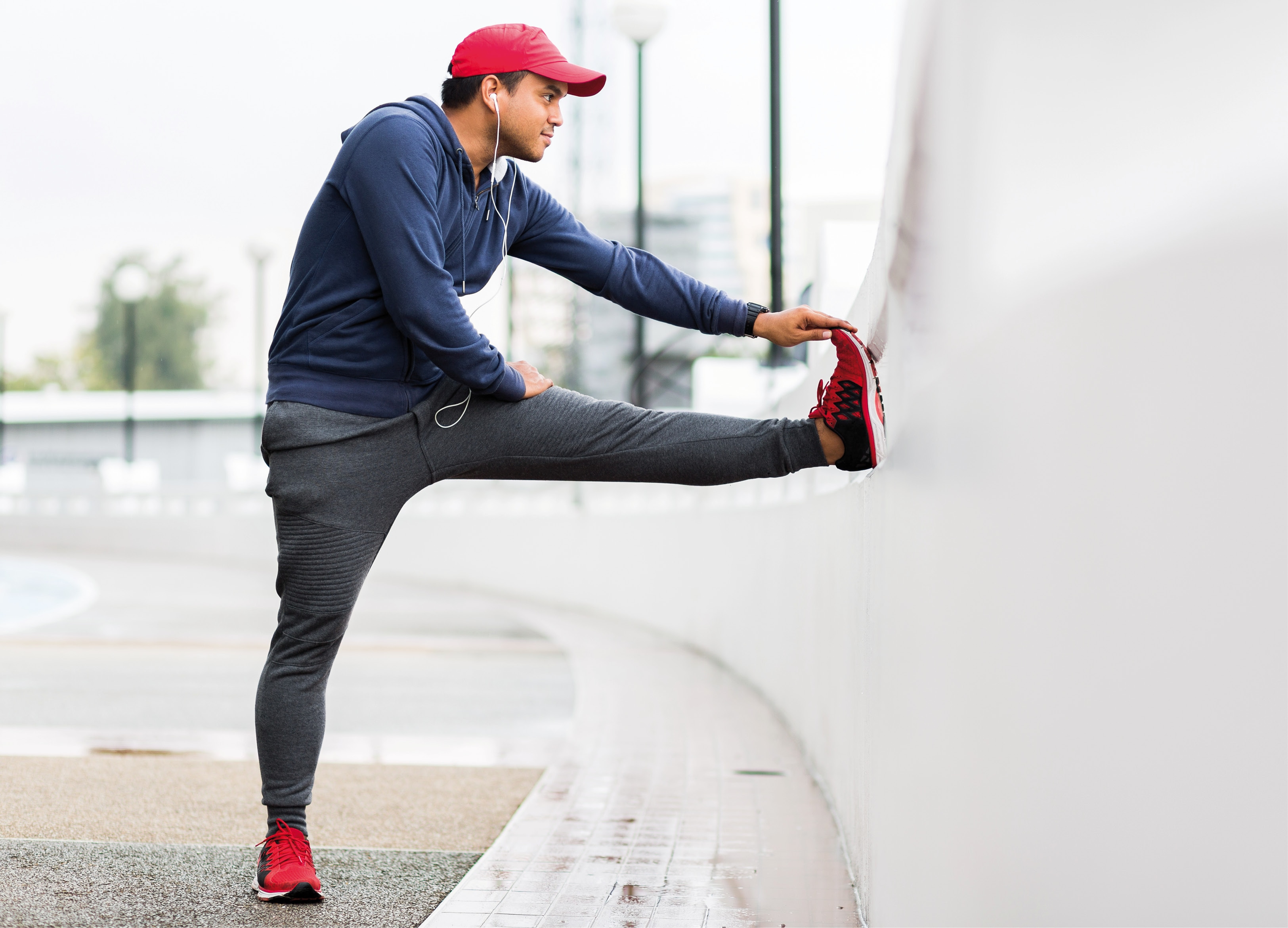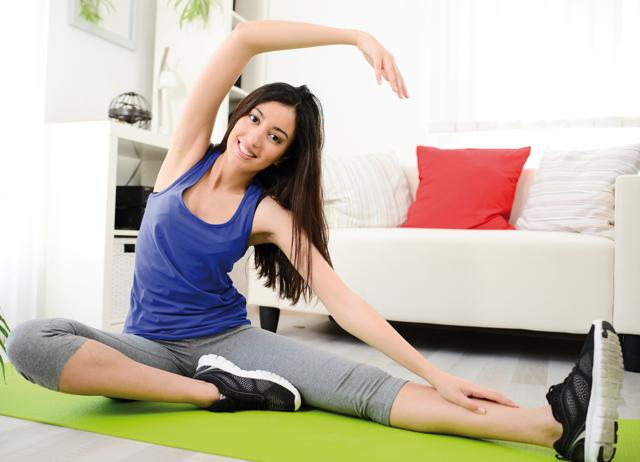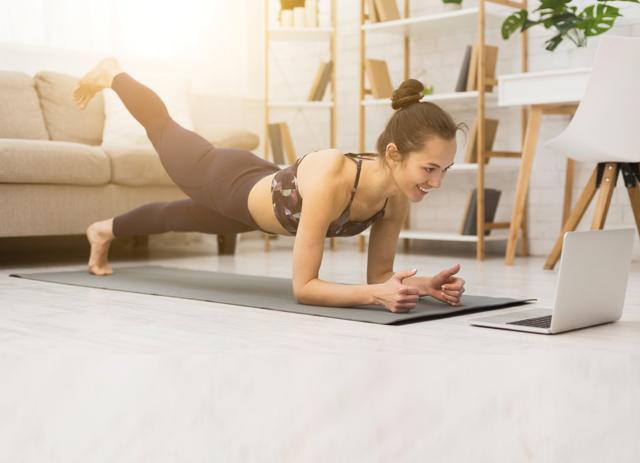The pandemic meant that even the most ardent gym goers started exercising at home. We have come to terms with using wine bottles as weights and exercising virtually. Slowly but steadily, we even returned to the gym. However, one thing the pandemic taught us was the need to exercise and keep moving for our mental and physical health.
Getting the energy to workout during this time is not an easy task, but there could be some things that you are doing wrong.
Exaggerate the intensity of the exercise
Start slowly and gradually build up to an intense workout (Shutterstock)
A globally recognized norm in fitness training follows the pyramid, first and foremost endurance, then strength and finally strength building. A simple example would be mastering brisk walking / jogging first, then running, and finally moving on to sprinting / jumping after months. Or in the case of strength training exercises, it involves mastering lower weights and high reps (15+) first, then lifting heavier weights and lower reps (-5), and only then does explosive high speed / impact moves like jumps, Olympic lifts, etc. If If you miss this chain of systematic training, you not only run the risk of injury and overtraining, but you also cannot get the maximum benefit from every endurance, strength or strength training phase.
Solution: Start slowly and gradually build up to an intense workout, especially if you haven’t followed a fitness lifestyle in the past. The last thing you want in times of Covid is a hospital visit for a physical injury from overtraining.
Connect emotions with exercises
 Know the exact role, contribution and place of movement in your life (Shutterstock)
Know the exact role, contribution and place of movement in your life (Shutterstock)
To be clear, exercise is good for physical health and fitness. But to assume that hard training automatically builds the qualities of discipline, devotion, motivation, inspiration, belief, etc. that are carried over to other aspects of life is wrong. Otherwise all powerful and influential positions in science, technology, leadership, etc. would only have been filled with suitable people.
Solution: Use exercise to improve physical fitness, which in turn can affect your mental wellbeing. But do you know the exact role, contribution and place of movement in your life. Overexcitation in sports is often just as tricky as demotivation.
Train like an athlete
 Exercise To Improve Your Quality Of Life Or Quality Of Life (Shutterstock)
Exercise To Improve Your Quality Of Life Or Quality Of Life (Shutterstock)
With the Olympics this year and the resulting focus on sports, you shouldn’t be training like a world champion. The fitness lifestyle of athletes is specifically designed to improve their athletic performance and is often not the healthiest approach for a normal person. Athletes also sometimes train through pain and discomfort because at this time their bodies can make all the difference when it comes to winning a medal, doing sponsorship, making history, etc. If you don’t train for the above right now, You should be clear about how much time you invest in exercise and fitness.
Solution: Exercise to improve your QOL (Quality of Life) e.g. B. a stronger lower back for a desk worker, an improvement in lung capacity for an ex-smoker, etc.
Don’t individualize your training
 Experiment to find out what works best for you (Shutterstock)
Experiment to find out what works best for you (Shutterstock)
Remember that every person’s body is unique and so you should exercise according to your specific needs, diet, injury history, race, physique, time availability, etc. Just as there is no set tonic / prescription for all illnesses, there is no set exercise program for every need.
Solution: Experiment to find out what works best for you and your wellbeing. In the same way, before buying a home or car, you would do your research, including research exercises. Knowledge is often the only thing missing the most when approaching training.
Disconnect fitness from the internet
 Use movement as your personal sensible friend rather than a challenge to show others (Shutterstock)
Use movement as your personal sensible friend rather than a challenge to show others (Shutterstock)
The use of social media has changed significantly in the last ten years, even more so in the age of Covid. This can lead to the urge to post exercise pictures / videos regularly, and while it can’t hurt to share some fitness posts occasionally, be aware that posting regularly about your exercise programs can sometimes become an addiction. Not being able to post the same exercises regularly, it can become a circus where newer exercise stunts are performed and the body is sometimes pushed beyond its safe capacity.
Solution: Use exercise as your personal sensible friend rather than a challenge to show to others. It’s about you and your relationship with your body – stay respectful, especially during these difficult times.
The author is one of the leading fitness experts in India Deckline Leitão, CSCS NASMPES, CES, CPT, is known for his personal training expertise and also works closely with Olympic hopefuls.
From HT Brunch, July 25, 2021
Follow us on twitter.com/HTBrunch
Connect with us at facebook.com/hindustantimesbrunch

